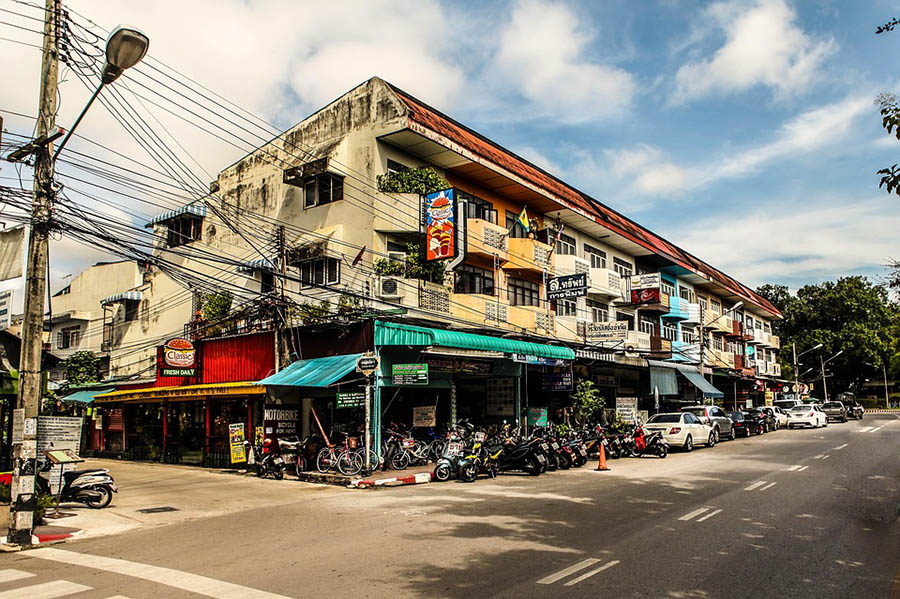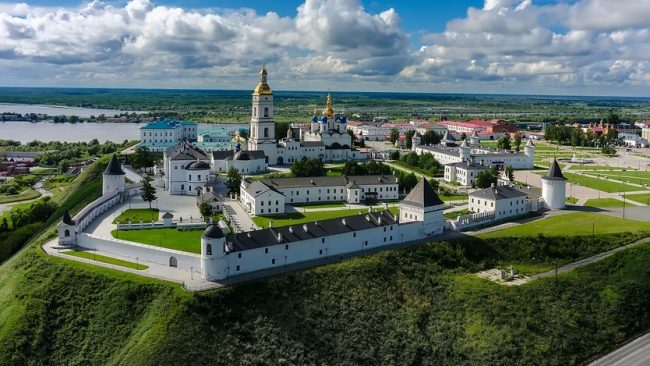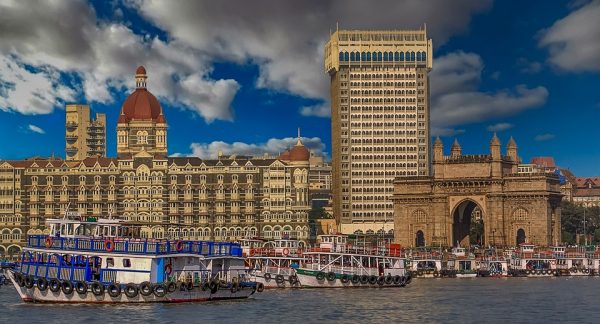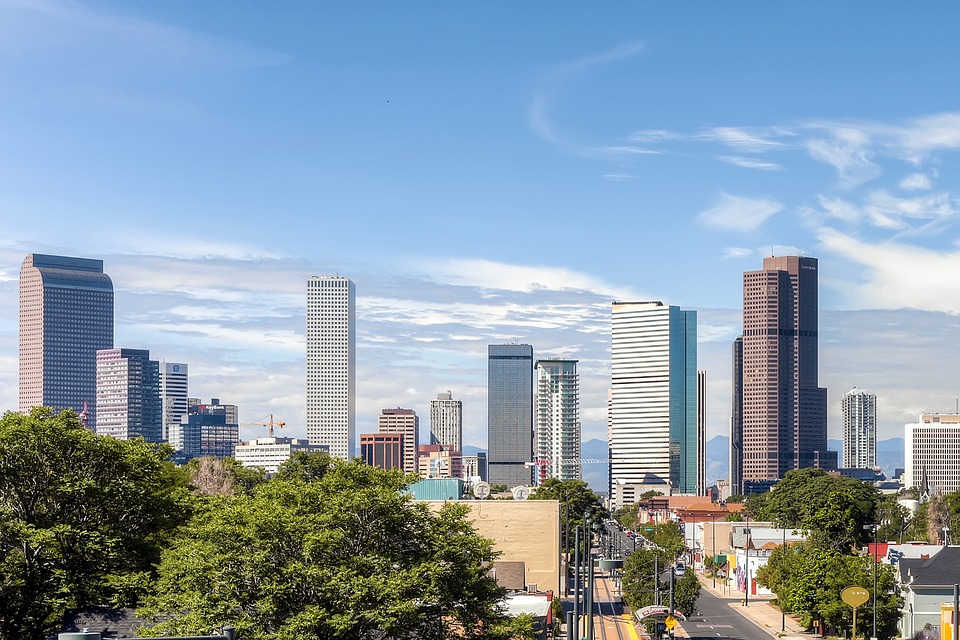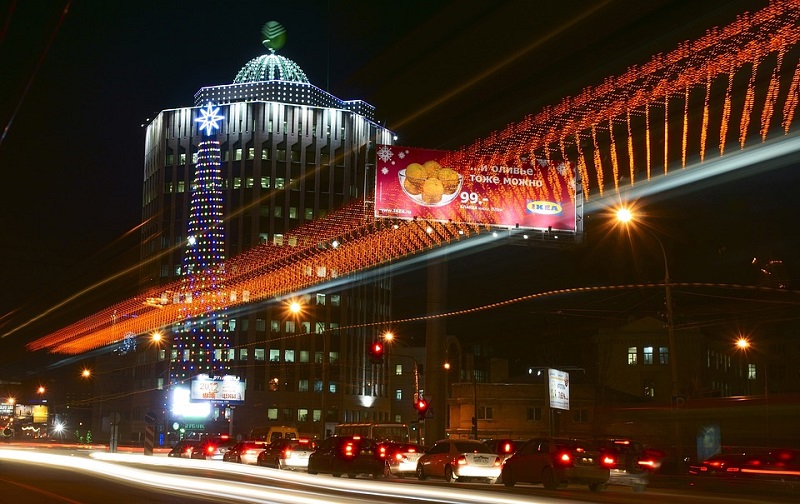- Chiang Mai is one of the top 10 largest cities in Thailand. The population here exceeds 150,000 people. However, more than 400.000 people live in the greater urban area around the city.
- All the locals speak Thai, but they usually communicate with each other in the Lanna language. Lanna is a dialect of the Thai language spoken in the North of the country.
- The hottest months in Chiang Mai are March and April. The air temperature can reach 104 °F (40 °C). The coldest months are December and January when the air temperature at night can drop to 50 °F (10 °C).
- Local farmers burn last year’s grass from February to May. Because of this, the air becomes very polluted, and Chiang Mai sometimes takes first place (only for a while though)in the anti-rating of cities in the world with the most polluted air.
- There is almost no crime in Chiang Mai. Serious crimes like murders and robberies happen here very rarely, even not every year.
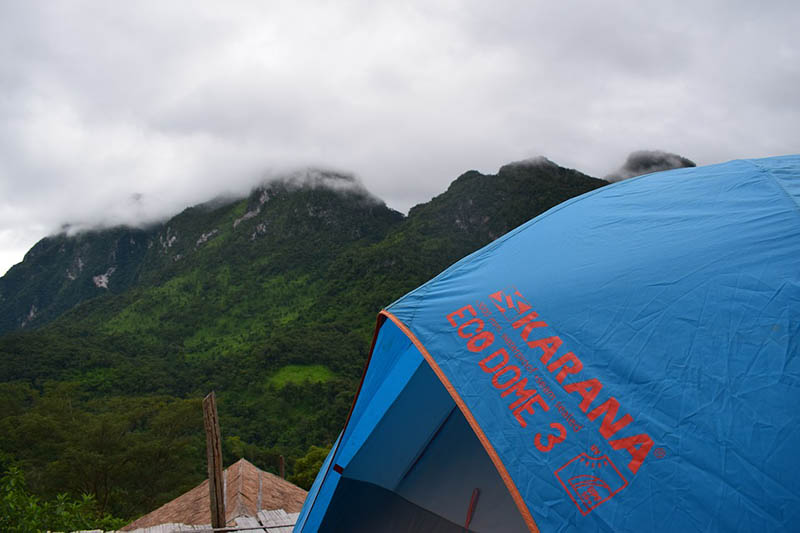
- Drivers here do not let pedestrians pass, as, indeed, everywhere in Thailand. It can be difficult to cross the road because of this, and it takes some nerves.
- Chiang Mai has long been the world’s capital of digital nomads thanks to the affordable high-speed Internet.
- The highest peak in Thailand, Doi Inthanon, is located in Chiang Mai Province. Its height is 8,415 ft (2,565 m). It’s actually a part of the Himalayas.
- Chiang Mai was founded in 1292, and its name means “New Fortress”. It was the capital of the Lannathai Kingdom for a long time, but after the conquest of Lannathai, it became part of Siam.
- Chiang Mai University (CMU) was founded in 1964. It became the first university in the North of Thailand, and today it is one of the largest and best educational institutions in the country. More than 35,000 people study there.
- The food in Chiang Mai is less spicy than in the south and east of the country. However, she may also be able to kill a tourist who is not used to spicy food.
- There’s almost no public transport in Chiang Mai. There are only songthaew: pickup trucks with two benches, but they have few routes only, and it’s difficult to find the one you need. It’s inconvenient to live here without a car or a motorbike.
- Chiang Mai was captured by the Burmese in 1556. Then it changed hands several times, but in 1774 it was conquered by Siam.
- There are about 300 Buddhist temples here, some of which are very ancient. And this is only in the city! There are many more in Chiang Mai province.
- There are more than 2,000 hotels and guesthouses in Chiang Mai, but many of them have shut down permanently because of the COVID-19 pandemic.
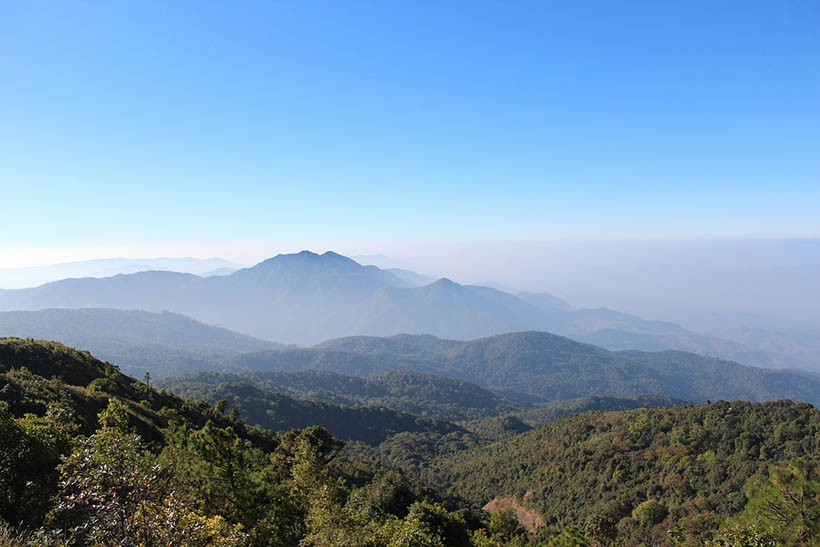
- Khao soi is very popular with tourists coming to Chiang Mai, that’s a spicy curry soup with fried noodles and chicken. Khao soi is also popular in Laos and Myanmar.
- Chiang Mai has the remains of ancient fortress walls that are more than 400 years old. The part of the city located inside these walls is called Old Town.
- Prices in the tourist areas of Chiang Mai are quite high. But in purely Thai neighborhoods they are much lower, and you can have a delicious lunch for just $ 1-1.5 there.
- Loi Kroh street in Chiang Mai has a special Pattaya vibe. There are dozens of bars and other entertainment venues for every taste.
- Most of the locals don’t speak English. People working with tourists usually know a little English, but outside of tourist areas, it is advisable to speak Thai.
- On the highway around Chiang Mai, you can often see road signs warning about wild elephants.
- The best time to visit, as the weather is milder and nature is at its most beautiful, is from October to January. Although many people prefer the rainy season, from June to September.
- There are over 50 elephant sanctuaries in Chiang Mai & Northern Thailand in general. These elephant sanctuaries are a major tourist attraction to foreign visitors and locals. Thailand’s current population of domesticated elephants is about 2,700. It is estimated that there are 40,000 – 50,000 remaining Asian Elephants in the world and 2,000 – 3,000 elephants remaining in the wild in Thailand.
- There are at least 10 different hill tribes in Northern Thailand, many of them divided into distinct subgroups. The tribes have sophisticated systems of customs, laws, and beliefs, and are predominantly animists. If you would like to visit them, you might go to Hmong tribe villages at Doi Pui mountain in Chiang Mai.
- Chiang Mai is surrounded by the neighboring provinces of Mae Hong Son, Lamphun, Lampang, and Chiang Rai. The closest capital of another province is Lamphun, the distance from Chiang Mai to there is only about 20 miles (30 km). Lamphun is just a small town though, but it’s very old and quite interesting.
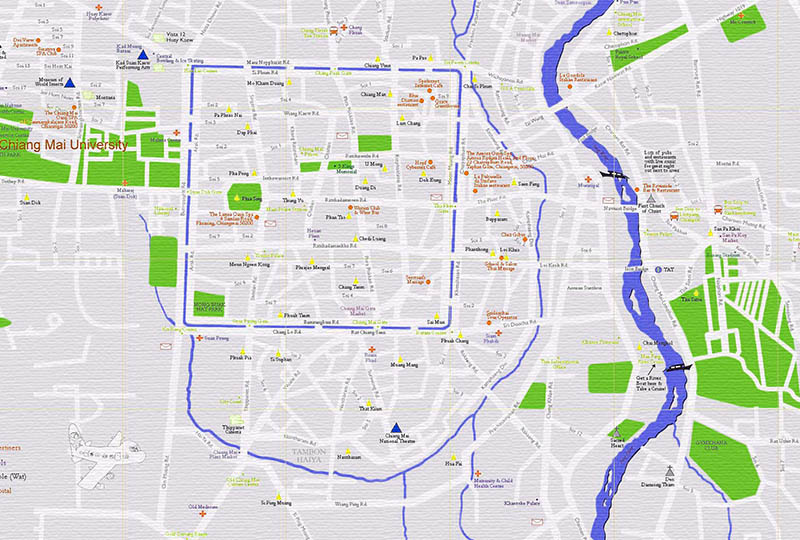
- Loi Krathong (the lantern festival) is the time of the year when every citizen and visitor of Chiang Mai releases a lantern into the sky. Thousands of glowing lanterns floating into the air will guarantee one of the most magical experiences of your life. It is illegal to launch lanterns nowadays, but the locals do it anyway.
- The following fact is something you should definitely keep in mind if you want to visit Thailand. Chiang Mai is one of the most popular tourist destinations inside the Land of Smiles, and the reason for that is that Chiang Mai is a bit different from the other parts of the country. The Northern culture is so powerfully prevalent that this area feels like another country.
- An estimated 25,000 foreigners live in Chiang Mai (full or part-time), with a rapid increase since the turn of the millennium. This community comprises mostly British, Americans, Japanese, Koreans, Dutch, Swedish, French, and a handful of other nationalities.
- Chiang Mai isn’t located in the mountains. It sits in a broad valley at an elevation of 1000 ft (330 m) above sea level.
- Top-3 highest peaks of Thailand are located in Chiang Mai province: Doi Inthanon, Doi Pha Hom Pok, and Doi Luang Chiang Dao. The word “doi” means “mountain” in the Northern dialect.
